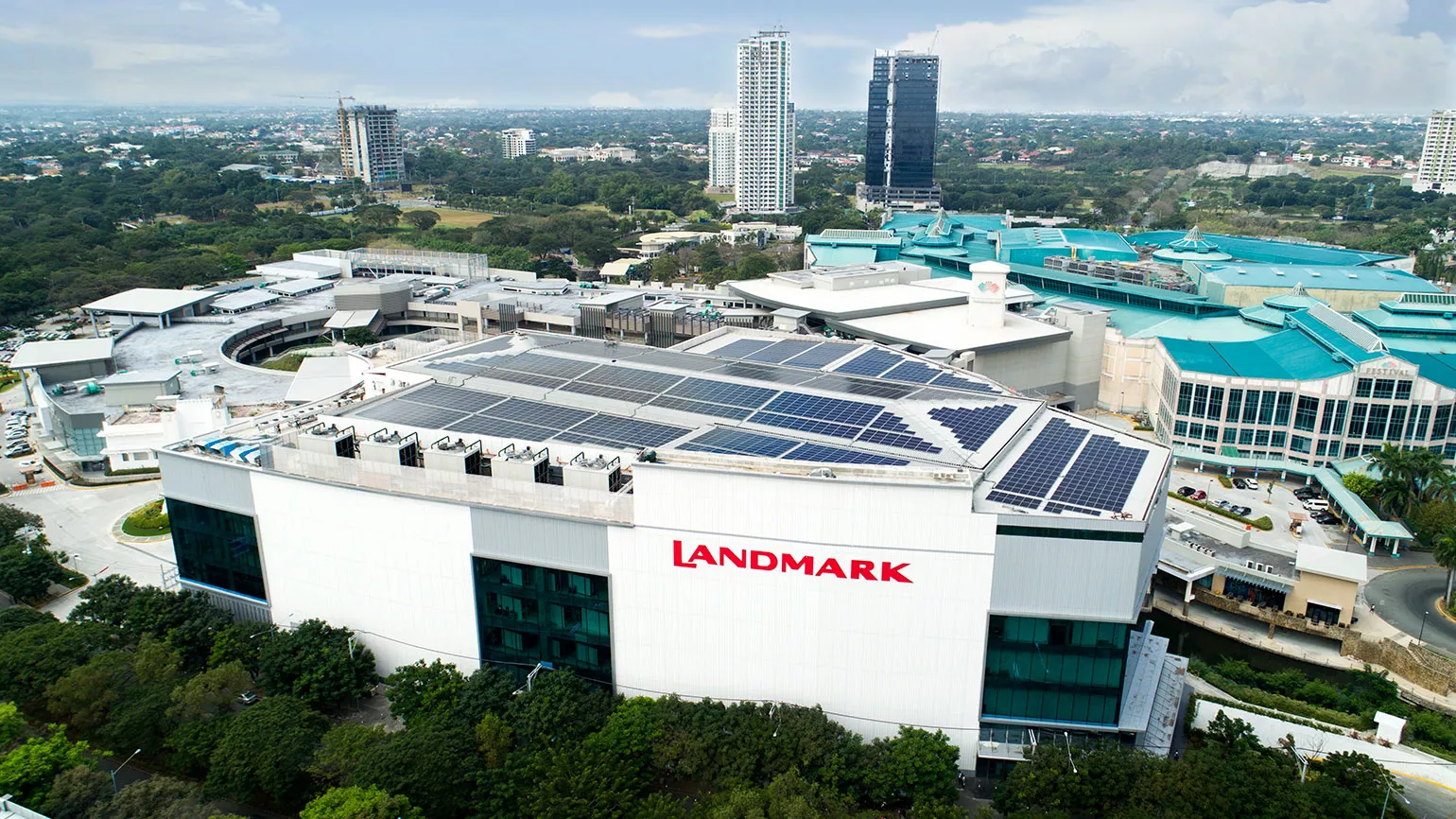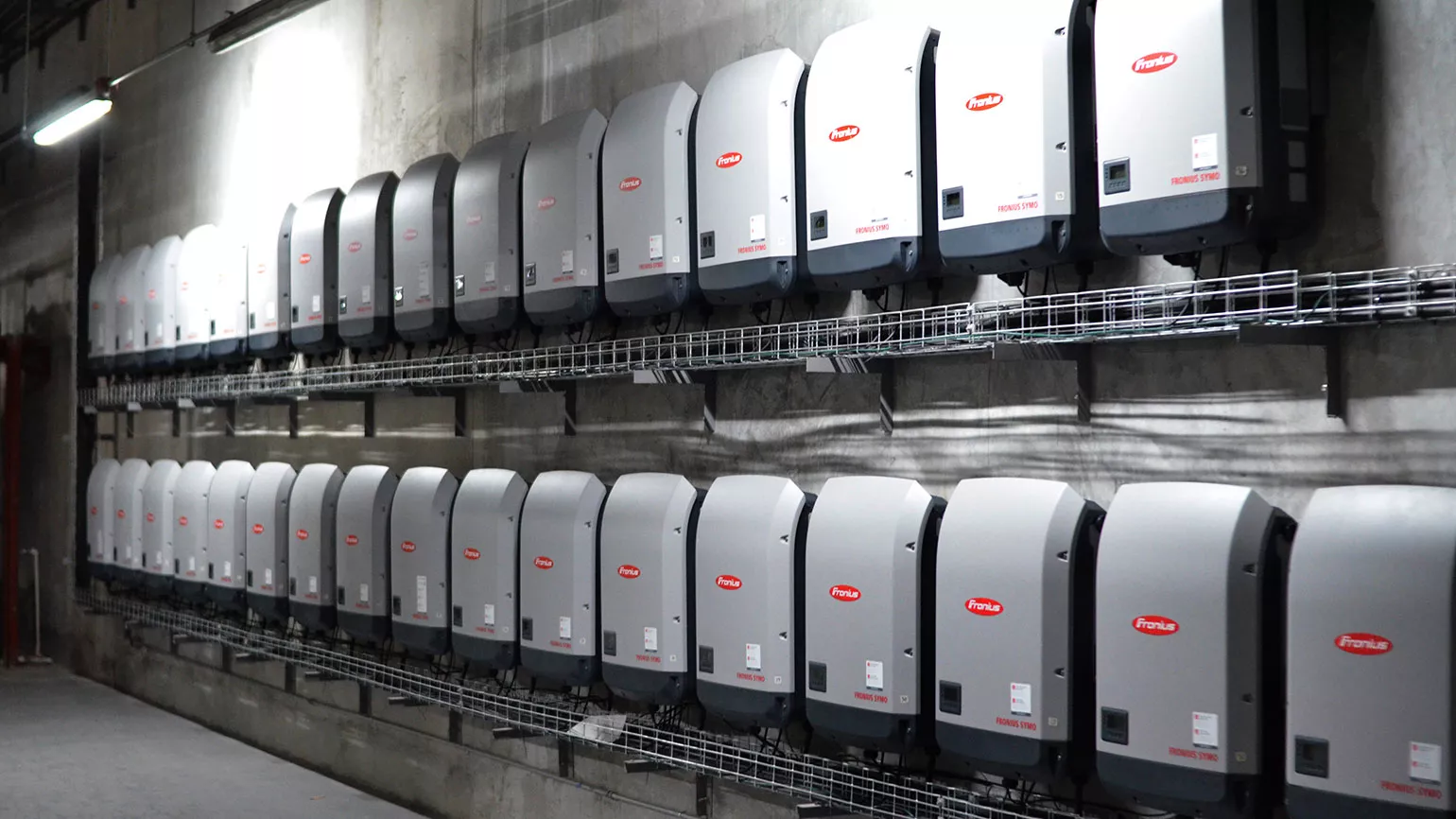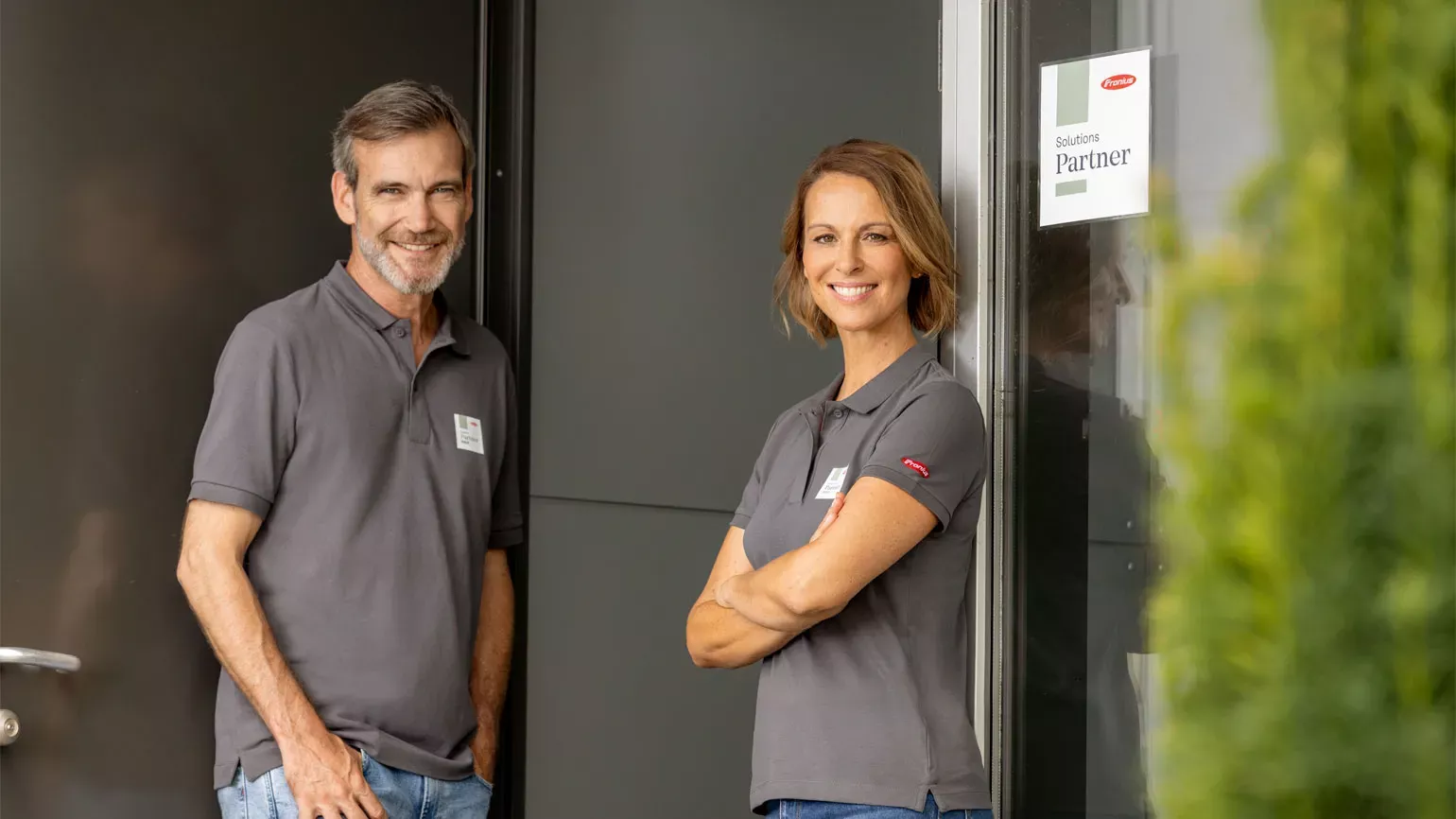Supermarket with photovoltaic system
Using solar energy for cooling and lighting
Like most of its competitors, the Philippine supermarket Landmark consumes a considerable amount of energy. The two biggest power guzzlers, cooling and lighting, drive up the company’s operating costs every month. The supermarket operator has therefore decided to make good use of the roof area of the building and to produce the electricity required using solar energy. In February 2018, the almost 740 kWp photovoltaic system in Luzon was put into operation and now supplies approx. 1,025 MWh of renewable photovoltaic electricity every year. This covers a large part of the store’s daily electricity requirements.
Reducing CO2 emissions with solar energy
With this sustainable investment, the supermarket owner can reduce not only their energy costs, but also their ecological footprint. The PV system saves around 543 tons of CO2 emissions every year. Landmark knows that for consumers, sustainability not only plays a major role in their personal shopping habits, but they also increasingly expect companies to implement and demonstrate sustainability measures.

Fronius is our first choice for large commercial PV systems.
Different roof orientations? No problem with Fronius.
“Fronius is our first choice for large commercial PV systems,” says project manager Victor Garcia of Solenergy Systems Inc. The installer must take various factors into account when planning a PV system, such as roof pitch, roof orientation or shading. During this project, the local installation company was faced with the challenge of a particularly demanding roof situation. If, as in this case, the roof has five different orientations, the planning becomes very complex and not every inverter is then the best choice to achieve high yields.
Flexibility counts
Project manager Victor Garcia knows that, with Fronius as his partner, he has the right solution for his customers whatever the challenge. This PV system in Luzon uses 33 Fronius Symo inverters, the flexibility of which clearly sets them apart from the competition. The devices are ideal for differently aligned or angled roofs and ensure the best yields, no matter how complex the roof orientation.

Fastest on-site service
Due to the large geographical distance between Austria and the Philippines, a well thought-out service concept is very important. “As a Fronius System Partner, we can ensure the best technical support on site. The SnapINverter concept means that installation is quick and easy,” says Victor Garcia.
With the Fronius System Partner programme, installers are expertly trained on the devices and are thus the first local point of contact for system owners. In the event of a service callout, the technicians can provide fast and competent support. If a problem occurs, the system can be quickly put back into operation with just one visit, thanks to the Fronius PC board replacement concept. Long downtimes are therefore not an issue and the system owner saves both time and money.
Open interfaces enable professional system monitoring
The supermarket system operators use their own control system to regulate consumption in the building. This can be used to control lighting and air conditioning, for example. Fronius is one of the few manufacturers on the market to have integrated open interfaces into its inverters. This means that the supermarket’s own control software and Fronius software solutions such as Fronius Solar.web can be used in parallel for system monitoring. Victor Garcia also knows that good system monitoring helps to maintain the long-term cost-effectiveness of the PV system and to optimise it continuously.
About the system: |
|
| System size | 740 kWp |
| System type | Roof-mounted system |
| Inverter | 33 x Fronius Symo 20.0-3-M |
| Annual yield | Approx. 1,025 MWh |
| CO2 saved/year | Approx. 543 tonnes |
| Loads | Lighting, air conditioning |
| Special feature | Different roof orientations |

